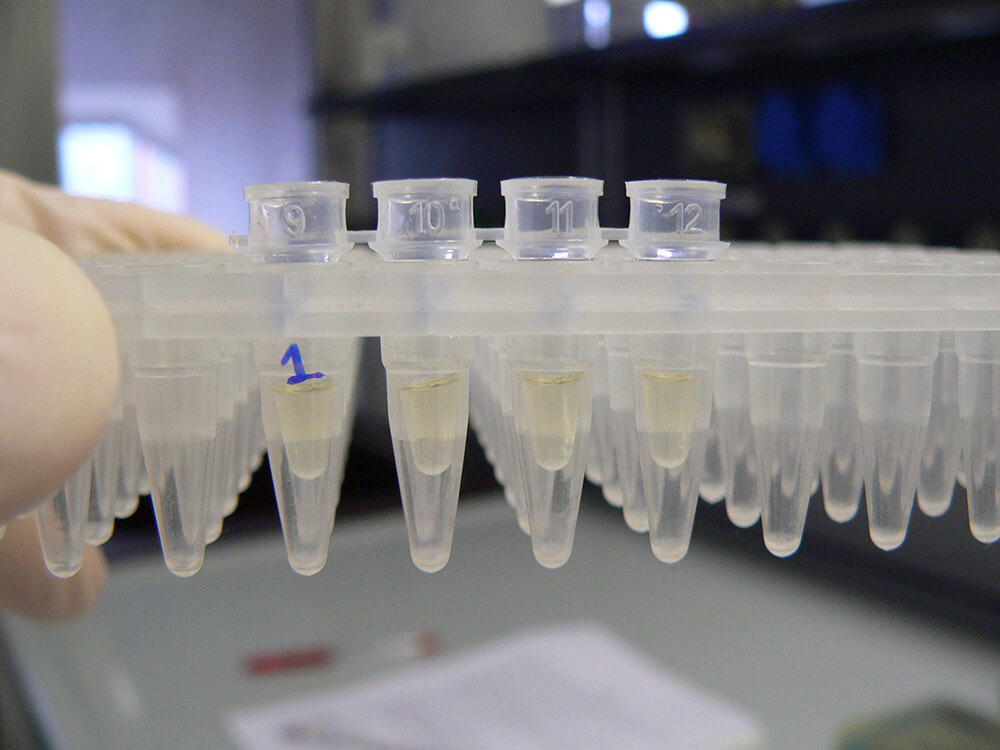What is humanity’s most common bacterial infection? It’s Helicobacter pylori, which causes ulcers and stomach cancer. The consensus in the medical literature seems to be that there’s at least a 50 percent chance you’re infected with Helicobacter pylori at any one time. But the Centers for Disease Control and Prevention estimates that the infection rate is much higher, that two-thirds of us may harbor this bacterium.
H. pylori may also be our oldest bacterial infection: genetic studies suggest it came into being in Africa around 100,000 years ago, at about the same time and place that we did. (“We” being anatomically modern humans, the last Homo standing.)
We took H. pylori along when we left Africa and spread out over the planet. Our genes diversified and so did the bacterium’s; there are many regional strains of H. pylori, and they vary in virulence. As of a year ago, scientists had stored about 200 H. pylori DNA sequences in the public databases, about a quarter of them complete sequences. An unknown number await the sequencer.
H. pylori and stomach diseases
About 10–20 percent of people colonized by H. pylori will eventually develop ulcers, and fewer than 1 in 100 stomach cancer, even though stomach cancer is the second most common cause of cancer deaths worldwide. (The first, of course, is lung cancer.) Still, the National Cancer Institute estimates that the disease kills well under 800,000 people per year. That death rate is decreasing, especially in the developed world, probably due at least in part to antibiotics that eradicate H. pylori infection.
So, if H. pylori infects well over 4 billion people, but is death to fewer than a million annually, it’s clear that the bacterium is not particularly dangerous for most of us. Why?
At least part of the reason seems to be genes—ours and theirs. The latest evidence comes from a study of two communities in Colombia that was published in January. The research helps explain why, even though H. pylori infects nearly every Colombian, the bug doesn’t affect them equally.
Colombia provides epidemiologists and clinical geneticists with a near-perfect lab because its geography segregates people of different ethnic–that is, genetic– backgrounds. The Colombian towns of Tuquerres (in the Andes mountains) and Tumaco (on the Pacific coast) are only 200 kilometers apart, but their rates of stomach cancer could hardly be more different. Mountainous Tuquerres has one of the highest in the world, about 150 cases per 100,000 people. In coastal Tumaco, it’s just 6 cases per 100,000 people.
Altitude and salubrious sea air don’t appear to have anything to do with Tumaco’s low stomach cancer rate. The difference seems to reside in DNA and in the history of Colombia’s colonization. Residents of Tumaco are mostly mulattos, descended from Spanish conquistadores and African slaves. The population in mountainous Tuquerres is mostly mestizo, a blend of European genes from the conquistadores and genes from Native Americans, which came originally from Asia.
But it’s not just H. sap genes that matter. H. pylori genes matter too. Researchers found that people infected with European strains of H. pylori, thought to be among the most virulent, were more likely to show signs of premalignancy no matter which town they lived in. Infection with African H. pylori strains appears to mostly protect against pathological tissue changes.
H. sap and H. pylori, evolving together
In Africa, where infection with H. pylori is near-universal, the incidence of stomach cancer is low. Which suggests that African H. sap and African H. pylori have had plenty of time to evolve a kind of truce over the hundred thousand years of their mutual living arrangements.
And that fits nicely, say the authors of the Colombian H. pylori paper, with the theory that disease organisms evolve to be less virulent over time. In the long run, it’s not a good idea to kill hosts or even make them very sick. It’s in an infectious organism’s interest to keep its hosts on their feet and moving around, giving the bug lots of opportunities to spread to new hosts.
However innocuous African H. pylori is in Africa, it is not innocuous to everybody everywhere. The researchers report that Colombians with Native American ancestry were more likely to succumb to H. pylori-related tissue damage and disease if they were infected with an African strain. That suggests a mismatch between their genes and the bug’s, which have lived together for only a few hundred years.
So H. pylori seems to be necessary for development of ulcers and stomach cancer. But it is not sufficient. A diet heavy on pickled, salty, and preserved foods is a risk factor, for instance. And the Colombian data show that genes of both host and bacterium are risk factors too.
Consider also this apparent contradiction: Despite H. pylori’s well-established role in promoting a few diseases, there is also evidence that it protects us against other diseases.
In a blog post at Symbionticism, one of the paper’s authors, Carrie L. Shaffer, notes, “For example, it has been suggested that H. pylori colonization is protective against development of esophageal reflux, cancer of the upper stomach, and cancer of the esophagus. H. pylori may help to prevent Mycobacterium tuberculosis infection from progressing to active tuberculosis, and may play a role in providing protection from development of asthma and other allergic diseases.”
This had led some researchers to propose, Shaffer says, that H. pylori is not much of a human pathogen after all. Instead it may really be (or has evolved into) a human commensal—one of the zillions of benign resident microbes that make our lives possible, and in many cases improve it.
Tabitha M. Powledge is a long-time science journalist and a contributing columnist for the Genetic Literacy Project. She writes On Science Blogs for the PLOS Blogs Network. New posts on Fridays.
Additional Resources:
- Ancient bacterial DNA suggests black death might not be gone for good, Independent
- Ancient genetics may lead to future treatment of gout, Genetic Literacy Project


